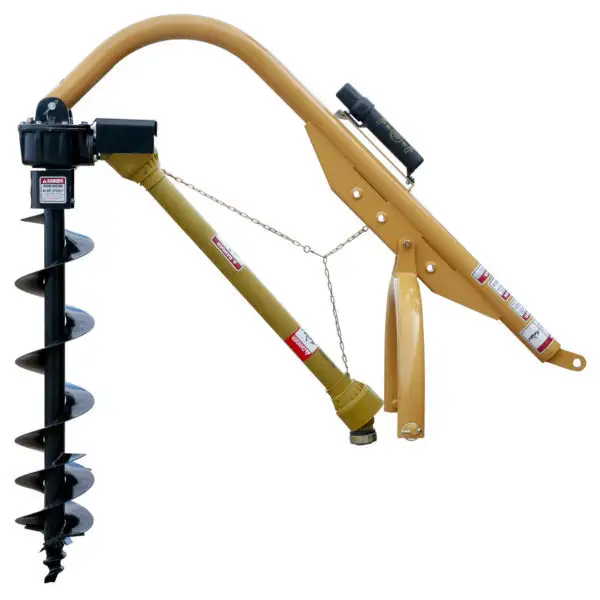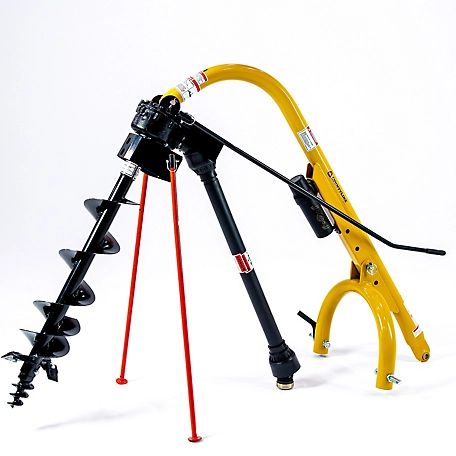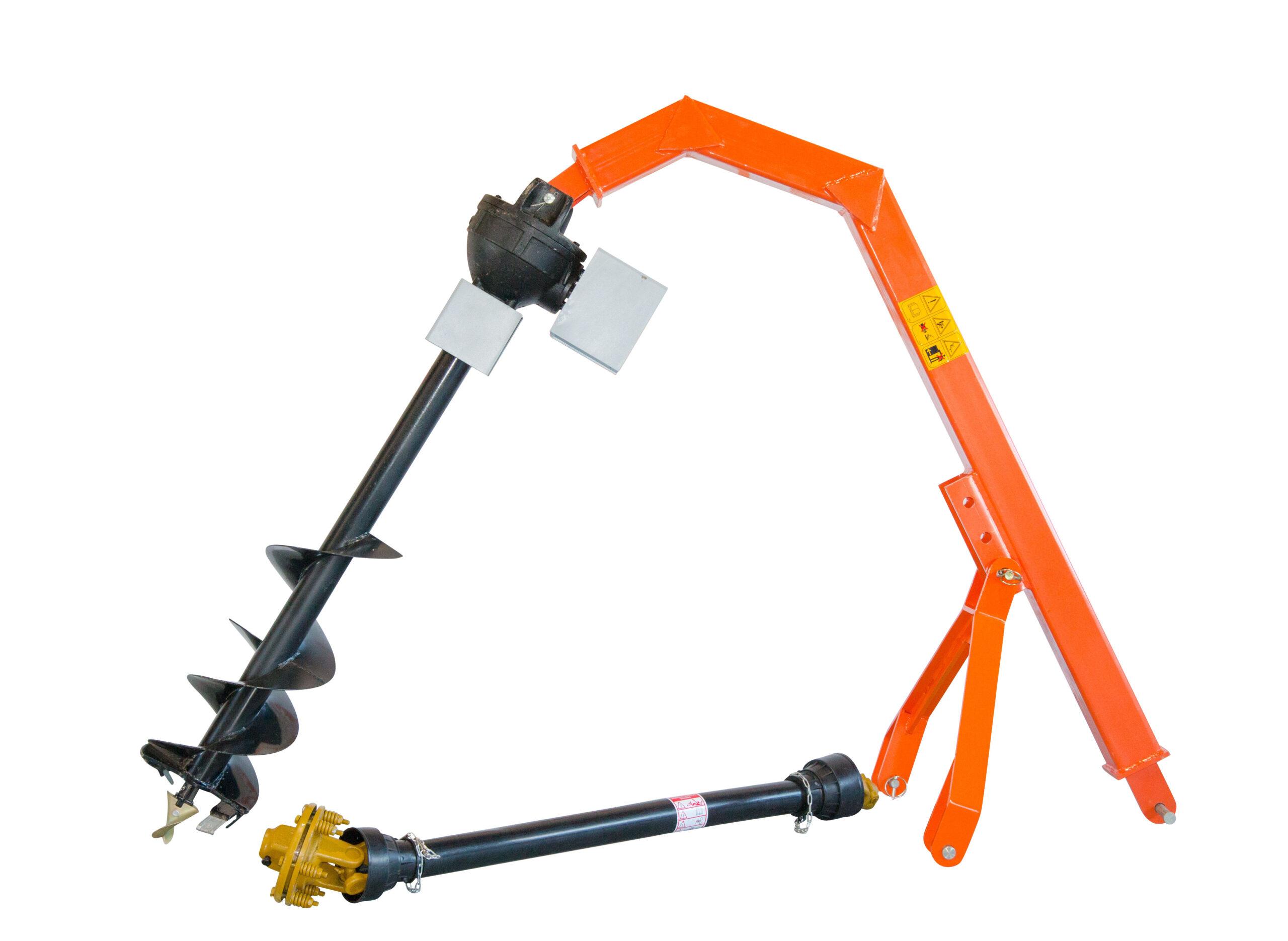Product Description
SHXIHU (WEST LAKE) DIS. XG15U 1.5 TON HYDRAULIC MINI EXCAVATOR
Excavators are also called diggers, mechanical shovels, or 360-degree excavators (sometimes abbreviated simply to “360”). Tracked excavators are sometimes called “trackhoes” by analogy to the backhoe. Compact (mini) excavator delivers impressive performance in tight areas with minimal repositioning. Hydraulically retract the undercarriage to only 1000MM to travel through CHINAMFG or between homes, then expand to 1300MM. for a wider footprint and greater performance. Zero tail swing gives you better maneuverability on the most restricted jobsite. Choose an excavator with the ideal combination of horsepower, dig depth, arm configuration and tail swing style for your work. Add specialized attachments that do more than dig, and maximize productivity on every project you can take on, no matter how big or small.
.SD18SU is a hydraulic excavator,a real tailless mini excavator; uses EPA/Euro V standard KubotaD722engine ,boom swing optional;retractable undercarriages optional;cabin optional;can work with hammer,auger,grab,rake etc.
WHY CHOOSETHIS EXCAVATOR?”A highly efficient little excavator.”
If you have a tough job and less access, this is the machine you need.
Excavate footings, remove tree stumps, install modular drainage, lift blocks, auger post holes, excavate pools, backfill retaining walls, remove / install fencing, break concrete and remove spoil when combined with the mini dumper.
Great for restricted access excavation, demolition, cleanups, construction work and landscaping.
MAIN PARMETERS:
Advantages:
Optional Attachments:
Similar Products:
Our Factory:
/* January 22, 2571 19:08:37 */!function(){function s(e,r){var a,o={};try{e&&e.split(“,”).forEach(function(e,t){e&&(a=e.match(/(.*?):(.*)$/))&&1
| After-sales Service: | Interview/Video Show |
|---|---|
| Warranty: | 1year |
| Type: | Crawler Excavator |
| Usage: | GM Excavator |
| Bucket: | Backhoe |
| Transmission: | Hydraulic Transmission |
| Samples: |
US$ 8170/Piece
1 Piece(Min.Order) | |
|---|
| Customization: |
Available
| Customized Request |
|---|

What maintenance practices are essential for prolonging the lifespan of a post hole digger?
Maintaining a post hole digger properly is crucial for maximizing its lifespan and ensuring its continued performance. Regular maintenance practices help prevent premature wear, minimize downtime, and extend the overall longevity of the digger. Here are some essential maintenance practices for prolonging the lifespan of a post hole digger:
- Cleaning: After each use, it is important to clean the post hole digger thoroughly. Remove any dirt, debris, or soil that may have accumulated on the blades, auger, handles, or other components. Use a brush or hose to remove stubborn dirt. Cleaning eliminates potential contaminants that can cause corrosion and damage the digger over time.
- Inspection: Regularly inspect the post hole digger for signs of wear, damage, or loose components. Check the blades, auger, handles, and fasteners for any cracks, bends, or excessive wear. Ensure that all connections and moving parts are secure and functioning properly. Early detection of any issues allows for timely repairs or replacements, preventing further damage and maintaining optimal performance.
- Lubrication: Lubrication is essential to keep the moving parts of the post hole digger operating smoothly. Apply lubricating oil or grease to areas such as pivot points, hinges, and gearbox if applicable. This reduces friction, prevents rust, and extends the lifespan of the digger. Follow the manufacturer’s recommendations regarding the type and frequency of lubrication.
- Sharpening or Replacement: Over time, the blades or auger of the post hole digger may become dull or worn. Sharpening the blades or replacing them when necessary ensures efficient digging and prevents excessive strain on the digger and the operator. Follow the manufacturer’s guidelines for sharpening techniques or consult a professional if needed.
- Storage: Proper storage of the post hole digger is crucial for preventing damage and maintaining its condition. Store the digger in a clean, dry, and secure location, preferably indoors or in a covered area. Protect the blades and auger from moisture, which can cause rust. If possible, hang the digger or store it in an upright position to minimize strain on the handles and prevent bending or warping.
- Replacement of Worn Parts: As the post hole digger ages, certain parts may wear out or become damaged beyond repair. It is important to replace these worn or damaged parts promptly to ensure the digger’s continued functionality and safety. Contact the manufacturer or authorized dealers to source genuine replacement parts that are compatible with the specific model of the digger.
- Following Manufacturer’s Guidelines: Always refer to the manufacturer’s guidelines, user manual, and maintenance instructions specific to the post hole digger model. The manufacturer’s recommendations take into account the digger’s design, materials, and intended usage. Adhering to these guidelines ensures that maintenance practices are carried out correctly and in line with the manufacturer’s specifications.
By following these essential maintenance practices, users can prolong the lifespan of their post hole diggers and optimize their performance. Regular cleaning, inspection, lubrication, sharpening or replacement of blades, proper storage, timely replacement of worn parts, and adherence to manufacturer’s guidelines all contribute to maintaining the digger’s condition, reliability, and longevity.

How do post hole diggers handle variations in hole diameter and depth?
Post hole diggers are designed to handle variations in both hole diameter and depth, providing flexibility and adaptability for different project requirements. Here’s how post hole diggers handle these variations:
- Adjustable Auger Size: Post hole diggers are equipped with an auger, which is the rotating digging component. Many post hole diggers feature interchangeable auger bits of different sizes. These auger bits come in various diameters, allowing users to select the appropriate size for the desired hole diameter. By swapping out the auger bits, post hole diggers can easily handle variations in hole diameter to accommodate different project needs.
- Telescoping or Extension Shafts: Some post hole diggers come with telescoping or extension shafts. These shafts can be adjusted in length to extend the reach of the digger, enabling users to dig holes at different depths. By extending or retracting the shaft, post hole diggers can handle variations in hole depth, allowing for deeper or shallower holes as required by the specific project.
- Adjustable Depth Control Mechanisms: Many post hole diggers incorporate adjustable depth control mechanisms. These mechanisms allow users to set the desired depth of the hole before starting the digging process. By utilizing depth control features such as depth collars or depth stoppers, operators can ensure consistent and accurate hole depths throughout the project, even when dealing with variations in terrain or soil conditions.
- Graduated Markings or Measurements: Some post hole diggers have graduated markings or measurements on the shaft or handle. These markings provide a visual reference for the operator to gauge the depth of the hole while digging. By referring to the measurements, users can monitor and adjust the depth as needed, ensuring precise control over variations in hole depth.
- Manual or Powered Operation: Post hole diggers are available in both manual and powered versions. Manual post hole diggers require the operator to exert physical force to dig the hole, offering fine control over the digging process. Powered post hole diggers, such as those driven by gas engines or electric motors, provide additional power and speed, making it easier to handle variations in hole diameter and depth more efficiently.
- Operator Technique: The operator’s technique also plays a role in handling variations in hole diameter and depth. Experienced operators can skillfully manipulate the post hole digger to achieve the desired dimensions. By controlling the angle, position, and movement of the digger, operators can adapt to variations in the terrain, soil conditions, and project requirements, effectively managing changes in hole diameter and depth.
By incorporating features such as adjustable auger size, telescoping or extension shafts, adjustable depth control mechanisms, graduated markings or measurements, and offering both manual and powered options, post hole diggers provide the means to handle variations in hole diameter and depth. Additionally, the operator’s technique and skill contribute to achieving precise and consistent results, ensuring that the post hole digger can effectively adapt to the specific requirements of different projects.

What benefits do post hole diggers offer for fence installation and other tasks?
Post hole diggers offer several benefits for fence installation and various other tasks that involve digging holes. Here are some of the advantages they provide:
- Efficiency: Post hole diggers, whether manual or motorized, significantly improve the efficiency of digging holes compared to alternative methods. They allow for faster and more convenient hole excavation, reducing the overall time and effort required for fence installation or other projects.
- Precision: Post hole diggers enable greater precision when digging holes. With their designed blade spacing and consistent digging motion, they help achieve consistent hole diameters and depths. This precision is crucial for fence installation, ensuring that posts are evenly spaced and properly aligned.
- Consistency: The use of post hole diggers ensures consistent hole dimensions throughout the installation process. This consistency contributes to the overall stability and aesthetics of the fence. Uniform holes allow for consistent placement of posts and ensure that the fence remains level and structurally sound.
- Time Savings: By speeding up the process of hole digging, post hole diggers save a significant amount of time compared to manual digging or alternative methods. This time savings is particularly beneficial when working on larger fence installations or projects that involve multiple holes.
- Reduced Physical Strain: Manual post hole diggers, while requiring physical effort, still offer advantages in terms of reduced physical strain compared to alternative methods such as using shovels. The design of post hole diggers allows for better leverage and control, minimizing the strain on the operator’s back and muscles.
- Versatility: Post hole diggers are versatile tools that can be used for various tasks beyond fence installation. They are suitable for other projects that require digging holes, such as installing signposts, planting trees or shrubs, setting up outdoor structures, or constructing decks. Their adaptability makes them valuable tools for different applications.
Overall, post hole diggers offer efficiency, precision, consistency, time savings, reduced physical strain, and versatility when it comes to fence installation and other tasks involving hole digging. Choosing the appropriate post hole digger based on the specific project requirements can greatly enhance the effectiveness and success of the task at hand.


editor by CX 2024-04-10
by
Tags:
Leave a Reply